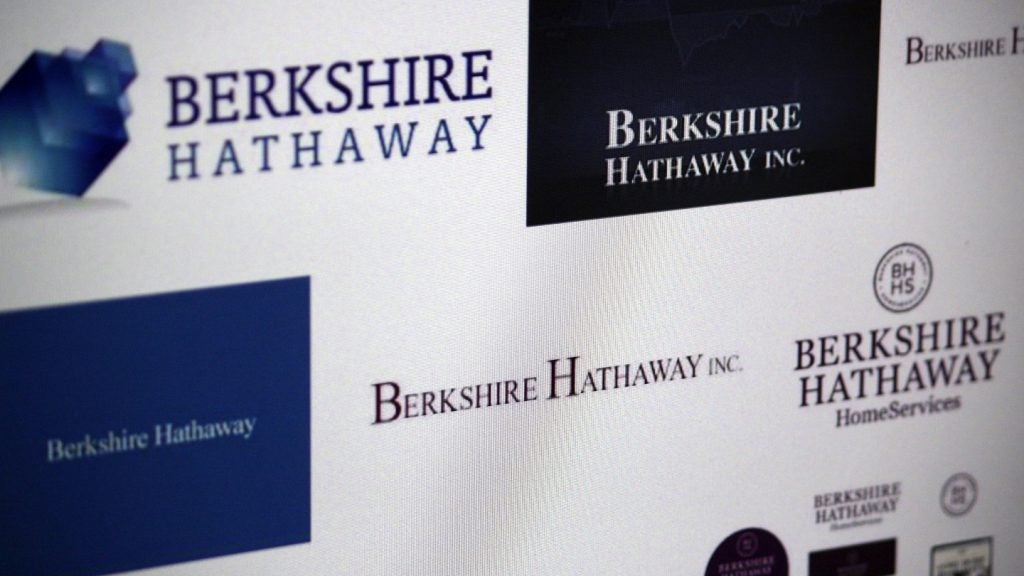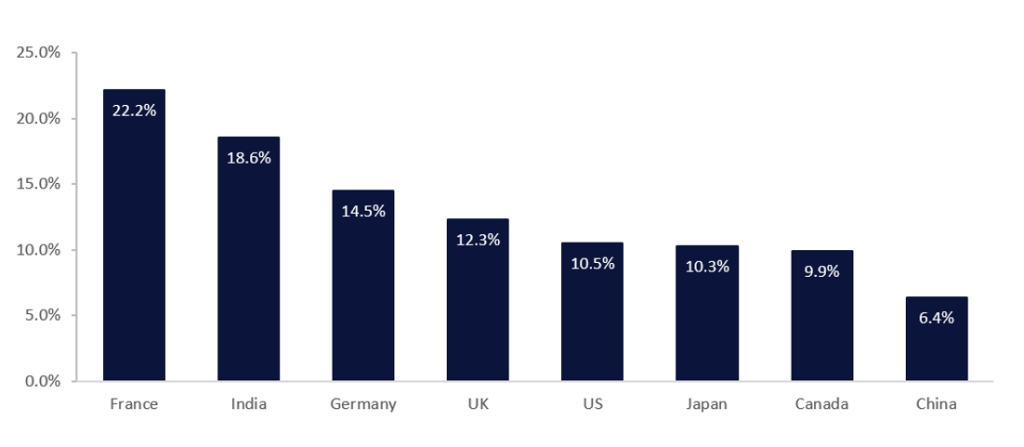significant market for life insurers and financial advisers in
areas ranging from individual insurance to specialist estate
planning. Despite this the high net worth sector remains
underserved and in terms of life insurance product–ownership is
still far from saturated.
The US high net worth (HNW) market is ripe for the picking for life
insurers eager to bolster flagging sales of individual life
insurance products believes Walter Zultowski, senior
vice-president, research and concept development at insurer The
Phoenix Companies (TPC). However, in many respects it is a market
underserved by a key marketing channel, financial advisers
Backing Zultowski’s view is extensive research into the HNW
market undertaken by the insurer over the past eight years. Of
particular significance on the issue of financial advisers is a
survey undertaken in late 2008.
According to TPC the proportion of HNW individuals who have a
life insurance adviser varies according to age and wealth segment
but in all cases is well below optimum. For example, only 29
percent of HNW individuals aged between 55 and 64 have an adviser,
while only 33 percent of individuals with net assets of between $1
million and $2 million, have an adviser.
“A significant opportunity remains in the high-net-worth market
for life insurance sales if only advisers would make the case to
their clients,” commented Zultowski. “Seemingly, as indicated by
the results [of the survey], advisers are not talking with their
clients about life insurance as much as they should be.”
He continued that because of this communication shortcoming
advisers who broach the topic of life insurance with their clients
are likely to become the adviser their clients turn to for counsel
on these issues.
How well do you really know your competitors?
Access the most comprehensive Company Profiles on the market, powered by GlobalData. Save hours of research. Gain competitive edge.

Thank you!
Your download email will arrive shortly
Not ready to buy yet? Download a free sample
We are confident about the unique quality of our Company Profiles. However, we want you to make the most beneficial decision for your business, so we offer a free sample that you can download by submitting the below form
By GlobalData“Clearly, it’s a good idea to talk to all clients about their
life insurance needs as a matter of course,” advised Zultowski.
A significant market
Many HNW individuals do, of course, have life insurance.
According to TPC’s research across all wealth segments, 62 percent
of HNW individuals report having some individual life insurance on
at least one member of their household. Looked at from another
perspective Zultowski stressed, it means that more than one out of
every three households in the HNW market do not own any individual
life insurance.
In general, TPC found that ownership of individual life
insurance is at similar levels in most HNW segments. For example,
60 percent of individuals with a net worth of between $1 and $2
million own individual life insurance while 63 percent of those
with a net worth of $5 million or more own individual life
insurance.
There are exceptions. Senior corporate executives own the most
at 75 percent. The reason for this could be that they receive
policies as part of deferred compensation plans from their
employers, explained Zultowski.
He added that business owners also have higher levels of
ownership at 66 percent. This could be because policies were
purchased on their lives to fund various business plans.
Overall, TPC’s research has found that 36 percent of the HNW
individuals own at least one permanent life insurance policy, and
39 percent own at least one term life policy.
TPC’s research also reveals that among HNW individuals it is the
younger segment that has the least amount of individual life
insurance. In the 45 or under age group ownership stands at 58
percent while within this age group what Zultowski terms the “up
and comers” have the lowest ownership at 53 percent.
He defines the typical up-and-comer as an individual a
36-year-old business owner or professional who earns $169,900
annually. Overall TPC estimates that the 45 and under age group
accounts for about 40 percent of the total US HNW individual
market.
Estate planning neglected
Another major business opportunity
Zultowski believes financial advisers should explore is estate
planning.
“Estate tax liquidity is a
significant need for which high-net-worth individuals buy life
insurance,” he stressed.
In particular TPC has examined the use of
second-to-die life insurance policies. In essence, the death
benefit on these policies is paid out only when the second insured
person dies and is intended to pay federal estate taxes and other
estate settlement costs after both spouses pass away.
The product was introduced in the early 1980s
following the passing of a law that enables married couples to
postpone federal estate taxes until both spouses have died.
In its research TPC found that ownership of
second-to-die policies increases with the level of wealth – from
only 2 percent for those with a net worth of between $1 and $2
million to 16 percent for people with a net worth of $5 million or
more.
“This is an under-penetrated market and much
of that may be the result of procrastination as Congress has
debated estate taxes for the good part of the last decade,” noted
Zultowski.
Backing this view 22 percent of respondents to
a TPC survey reported that put off or delayed any estate planning
due to uncertainty surrounding estate tax.
 The precise size of the US’
The precise size of the US’
HNW individual market is subject to widely differing estimates.
According to the World Wealth Report produced by consultancy
Capgemini and financial services group Merrill Lynch, there were
3.03 million households in the US with at least $1 million in
financial assets at the end of 2007. The total excludes assets such
as collectibles, consumer durables and primary residences.
A far higher figure came from US market
research firm TNS Financial Services (TNS) which estimated that at
the end of May 2007 there were 9.9 million US households with net
assets of $1 million or more excluding their primary residence.
This represented about 8 percent of all US households and is the
estimate accepted by TPC.
TNS estimated the mean age of US millionaire
households in June 2007 to be 66 and their average net worth $4.6
million. In addition TNSFS estimated that at the end of May 2007
there were 6.6 million households with net assets of between
$500,000 and $999,999 million and 14.7 million households with net
worth of at least $500,000.
But whatever the precise size of the US HNW
market may have been in 2007 one thing is certain: slumping
investment markets ensured that it shrunk during 2008. Of note in
this respect was a finding by TNS that in May 2007 ordinary shares
represented the largest proportion of investment asset held by HNW
individuals while 80 percent also owned mutual funds outside of
retirement accounts.
A survey conducted by TPC at about that time
also found that enthusiasm for investment in ordinary shares and
mutual funds was strong and in some cases rising.
The impact of falling equity prices has
clearly been significant. According to an estimate made by TNS the
number of HNW households with net assets of $1 million or more
stood at 7.4 million at the end of May 2008, down 25 percent
compared with May 2007.
There is a big caveat about these estimates as
they come from a survey conducted before the major equity market
slump in the second half of 2008, noted Zultowski. He added that an
“educated guess” is that the number of HNW households ended 2008 at
about equal to the lowest levels seen in the past 11 years: 5.3
million in 2002 and 5.5 million in 1997.
Though smaller it may be, it is clear that the
HNW market is far from saturated and that as Zultowski stresses
“significant sales opportunities remain for advisers who serve the
market.”







